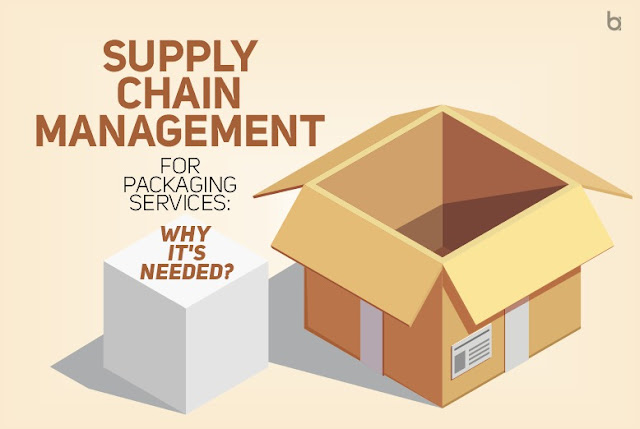Supply Chain Management For Packaging Services: Why It’s Needed?
Packaging is an integral component in supply chain management. There is the basic functionality of protecting goods from damage. But that’s not all. There is better efficiency in distribution.
Its role has also changed the marketing landscape as we know it. Advertising opportunities are plentiful, allowing marketers to communicate with customers.
We are talking about logistics, marketing, and production. They all come together in one neat package.
Our article further explores supply chain management for packaging services. Let’s dive into the discussion.
Exploring the Role of Packaging in the Supply Chain
As we have already hinted, packaging has many roles in the supply chain. The first and most important is by fulfilling the protective function. It ensures that customers receive their items in good order.
It starts from the very beginning of the logistical operations. Right from when the producer puts the goods in the packaging boxes.
The protection continues through the warehouse or storage to the shipping process. Think of all the processes including moving, shipping, staking, or stowing the goods.
The design must allow for easy handling by hand or using a forklift. That means complying with the Occupational Safety and Health Administration (OSHA). Do note, there are country-specific standards for the safe handling of packages.
And, the protection continues to the end with secure package delivery to the customer. Let’s say you ordered goods online. The mailman delivers the items and places them into the secure, lockable parcel box.
It does not matter whether we are talking about heavy parcel delivery or not. All you know is when you pick your item the first thing you do is look at the packaging. This brings us to the other critical packaging function of guarantee.
Damage-free packing is a guarantee of quality from the manufacturer. Industries like food and pharmaceuticals ensure product safety with tamper-resistant packaging.
Note that the law may need specific information to be on the package. These could include the nature of the product, weight, ingredient list, and so on.
Marketers can include attractive designs that will engage with the consumers. Supply chain management needs a holistic view of how to bring all the elements together. The aim is to ensure optimal packaging performance from the beginning of the supply chain to the end.
Let’s not forget green packaging. It should be eco-friendly, reusable, and recyclable. It is efficient, resulting in massive savings in the supply chain.
Navigating Complexities of Packaging in the Supply Chain
From the above, we can agree that packaging has a critical role in the supply chain. However, some challenges need addressing. The most important challenge to address is to maximize the packaging performance. How do you, for instance, ensure stackability and protection of the goods. You must also ensure efficiency in material handling, volume capacity, and promotional aspects.
The other complexity is merging the interests and requirements of the different stakeholders. They all play a vital role in the supply chain. For marketing, it is about advertising to increase sales.
The logistics department’s concern would be safe handling and transport efficiency. Finding a way to please all the parties is critical. Yet it is a challenging task that requires proper management.
Some challenges are even more difficult to navigate. For instance, a transporter requires weight and volume optimization. The supplier wants low cost, but high filling packaging. Retailers want promotional features and ergonomic handleability.
Like in the case above, finding the right balance is critical.
Overcoming the Packaging Complexities in the Supply Chain
Supply chain management needs a data-driven system approach to overcome the issues. This requires a strategic approach incorporating different steps. These include:
- Adopting an approach that allows for structured data collection
- Finding metrics to measure the performance of the packaging within the supply chain
- Conducting proper analysis to identify areas that need improving
It is important to establish different frameworks to address different issues. One framework could be specific to, say, waste management.
Another could look at improving packaging performance for the e-commerce sector. Including features like digital labeling can help with personalization. A third framework could focus on how design impacts logistics. It should focus on primary, secondary, or tertiary packaging.
Improving packaging performance within the supply chain incorporates several factors. The main ones are material, transport, handling, waste management, and capital. Understanding their role and how they can affect the supply chain is crucial.
Let’s take the issue of higher efficiency in transportation or shipping. Secondary packaging provides extra protection, so that works for the manufacturer. But it can be time-consuming for the retailers to unpackage the goods.
That means it will take longer for your products to be on the shelves. But including interesting designs and branding elements is a solution. It can improve product prominence in stores.

Comments